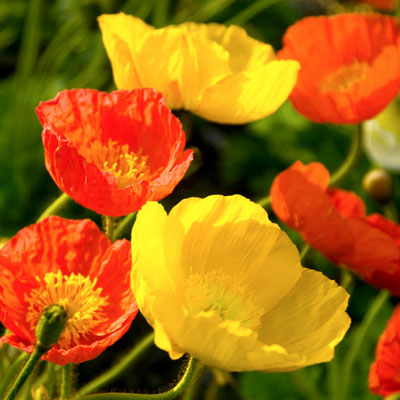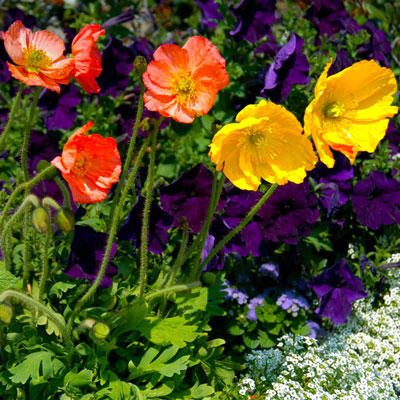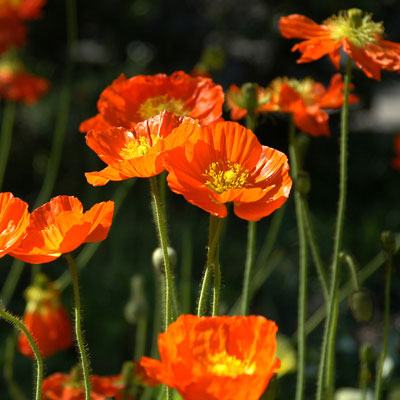Iceland Poppies Are Uncommonly Beautiful
I saw Iceland poppies for the first time about 40 years ago. And I knew on first sight that I loved them. Several years later I found a couple of flats being offered for sale in one of my favorite nurseries, so I grabbed all that they had. I readied a bed and planted them on the east side of our house, right outside our living room windows.
If you research Iceland poppies (Papaver nudicaule) online, you’ll find all kinds of conflicting information. See where the authors live and garden. Consider their climates. More than anything else, weather will determine when and how we use this great flowering plant.
• It’s an annual flower for us. It’s best planted either in fall in South Texas or early spring (now) in North Texas

• Iceland poppies’ flowers are single or semi-double in shades of orange, yellow, pink, or white. They’re 3 inches across.
• Full sun is best. Good drainage is essential. Highly organic soil is a requirement, so incorporate several inches of compost, sphagnum peat moss, well-rotted manure, and finely ground pine bark mulch.

• Iceland poppies grow to 16 to 20 inches tall. Space your plants 12 to 15 inches apart in their beds. You want them planted in a mass.
• 4-inch or quart-sized potted transplants work best.

• Iceland poppies are especially well suited for use in large patio pots with shorter plants around them and at their feet.
• Fertilize the plants every couple of weeks with a water-soluble, high-nitrogen fertilizer to keep them growing vigorously.
• Keep their soil uniformly moist. Do not allow the plants to dry to the point of wilting.
• Deadhead to remove old flowers daily. Allowing seedpods to form will greatly slow production of additional flower buds.
